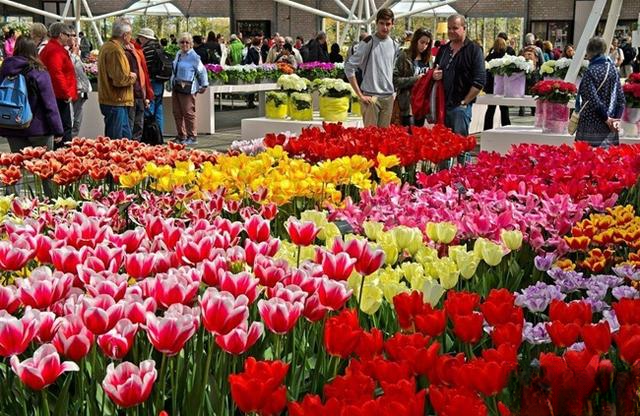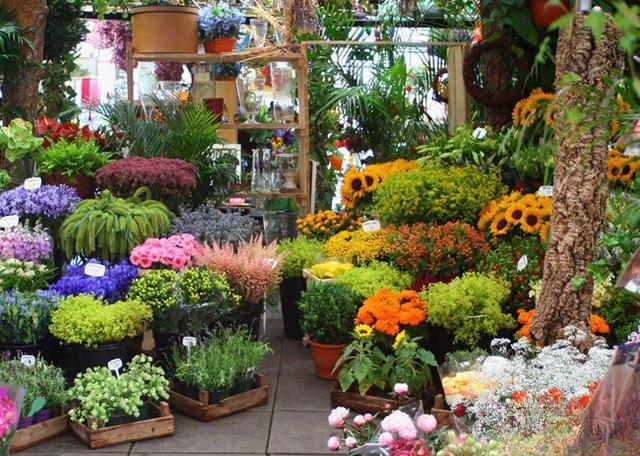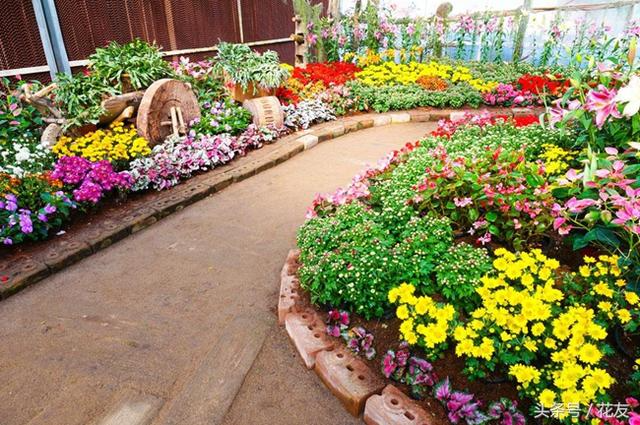[Flower Growing Skills] Six Methods to Control the Flowering Period of Flowers, Flower Lovers
1. Master the sowing period and cutting period
For annual flowers, the method of sowing in stages and batches can be adopted to achieve the purpose of extending the flowering period. For example, in order to make them bloom on National Day, aster, globe amaranth, zinnia, marigold, saffron, etc. should be sown or cut in mid-July. In order to have flowers on New Year's Day or Spring Festival, marigold, cineraria, violet and other flowers should be sown in September.
Flowering period: Six common methods of controlling the flowering period of flowers
2. Planting time and depth
Mastering the planting season of bulbous flowers can make them bloom on the day you need them. For example, if you want gladiolus to bloom on National Day, it is advisable to carve and water-cultivate it two weeks in advance. Some bulbous flowers can bloom early if they are properly planted shallowly, such as jade. Planting shallowly can promote growth and bloom early. Planting too deep is not good for growth and will also bloom late.

Flowering period
3. Leaf picking and pinching
For some herbaceous flowers, the flowering period can be controlled by mastering the pinching time. For example, if the Dutch chrysanthemum is pruned on September 10, it can bloom on National Day. Salvia splendens will bloom 25 days after pinching, that is, if it is pinched on September 5, it will bloom on National Day; if it is pinched in early April, it will bloom on May Day.
Flowers that bloom in the spring of the following year, such as magnolia, plum blossom, peach blossom, etc., should bloom on National Day. You can control the water content after manually picking the leaves in late August. After the flower buds are formed, strengthen the water and fertilizer management to make them enter vigorous growth, mature the flower buds early, and bloom on National Day.
Flowering period: Collect the flowering period of common herbaceous flowers
4. Pruning and bud removal
The flowering of plants requires a lot of nutrients. Appropriate pruning and bud removal can concentrate nutrients in the flower buds, making the flowers brighter and larger. For example, pruning and bud removal of chrysanthemums and snapdragons can extend the flowering period and make them bloom during festivals. For camellia, jasmine and roses, cutting off the branches after flowering can promote their re-flowering.

Flowering period
5. Fertilization and shading
For flowers such as begonia, trumpet creeper, phalaenopsis, Milan, oleander, etc., if 3% potassium dihydrogen phosphate is used for foliar fertilization or applied to the roots 1-2 times, it can promote flower bud differentiation and bloom early.
For flowers such as azalea, Michelia, and camellia, when buds appear, place them in a cool place with low temperature to postpone the flowering period to May Day. Chrysanthemums can bloom on National Day if they are exposed to 8-9 hours of sunlight 50 to 60 days before National Day; poinsettia and crab claw cactus can bloom on National Day if they are exposed to short-day sunlight 40 to 50 days in advance.

Flowering period
6. Hormone treatment
Ether, "920", monochloroethanol and other hormones can break the dormancy period of flowers. For example, if 500ppm of "920" is applied to the flower buds of peonies, they can sprout in 4 to 7 days. Putting the dormant bulbs of tulips and freesias in ether gas can promote their growth and bloom early.
"920", naphthaleneacetic acid, colchicine, etc. can accelerate the growth of flowers and promote flowering. For example, when cyclamen has flower buds in September, spraying low-concentration "920" on the base of stems and leaves can promote flowering. It has the same effect on Clivia and hyacinth. For example, if the flower buds of camellia have formed in summer, in order to make it bloom on National Day, you can apply 500ppm to 1000ppm of "920" to the flower buds every day in early September. In mid-September, when the flower buds are already large, you can peel off 4 to 10 pieces of their external scales, and the camellia will bloom in 4 to 10 days. Flowers such as Michelia and tuberose can also be treated in this way to promote flowering.
2,4-D can inhibit the opening of flowers. For example, spraying chrysanthemums with 0.01ppm to 5ppm of 2,4-D can delay the flowering period and postpone flowering.
Friends who are interested in flower cultivation can follow the official account: Huayou, where there are wonderful articles about flower cultivation and flower appreciation shared with you every day, and there are also fellow flower lovers who will share the sea of flowers with you. Email for submissions: huaucn@126.com.